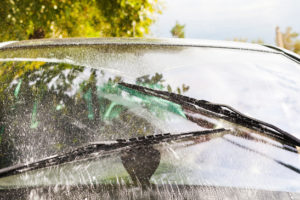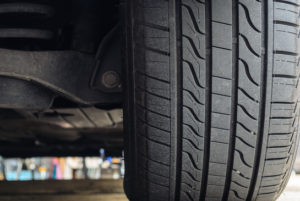It might not be the most entertaining subject ever, but vehicle preventative maintenance can actually save you a ton of money. Not taking care of your car doesn’t seem like a big deal at first. Over time, the neglect will create a situation where you have a vehicle loaded with problems, some costing thousands of dollars to fully address.
Using a vehicle preventative maintenance checklist like the one below will only cost you a small amount of money. Some items require specialized tools, so plan each job out before you start.
Oil Changes
The oil in your car is like its blood. It needs to be filtered all the time, but over time the filter clogs up and the oil breaks down. This happens by certain intervals, which the manufacturer lists out in the manual. By putting in a new filter and oil, you actually increase the life of the engine, avoiding some costly repairs down the road.
Air Filter Check
The air intake filter shouldn’t be clogged with debris, otherwise the engine can’t run efficiently. Check this each time you do an oil change. Replacement filters are cheap and incredibly easy to install, making this job a cinch.
The same thing goes for the cabin air filter, which is just as easy to swap out.
Monitor Fluids
At least once a month, ideally more often, you need to check over all of the fluids in your car. Some are easier to see than others. Use the owner’s manual to get familiar with the different reservoirs and dipsticks you need to reference. This is something you can do while refueling. If any of the fluids are low, top it off as soon as you can. When you notice that a certain fluid is constantly low, that’s a telltale sign of a leak or a more serious problem.
 Swap Wiper Blades
Swap Wiper Blades
If you see that the wipers are leaving streaks on your windows, it’s time to replace the blades. This is an incredibly quick and easy job, but it can make a big difference between seeing in a storm and crashing, so don’t delay doing it.
Inspect the Belts
When you check all the fluids, that’s an ideal time to inspect the belts. If you find cracks or any pieces that are missing, the belts need to be replaced immediately.
Battery Cleaning
The cables on the battery terminals should be attached securely. If you can wiggle them off, that could cause your car to not start. Another issue that might leave you stranded is corrosion. When the battery terminals don’t look like shiny metal, you must clean them. This can be done with some baking soda and water, plus a small wire brush. Remember to rinse everything off with clean water afterward.
Tire Checks
 Also about once a month, you need to check the tire pressure. You can find the correct psi in the owner’s manual or on the sticker located on the driver’s doorjamb. Keeping the pressure at that listed level will prevent unnecessary wear and help save on fuel.
Also about once a month, you need to check the tire pressure. You can find the correct psi in the owner’s manual or on the sticker located on the driver’s doorjamb. Keeping the pressure at that listed level will prevent unnecessary wear and help save on fuel.
While you’re at it, inspect the tread on each tire. Uneven wear can be a sign of poor inflation, or problems with the suspension. If the rubber has reached the level of the wear bars, which run across the tread, you need to replace the tires in the near future.
At regular intervals, you need to have the tires rotated and balanced. Your tire shop or mechanic should give you a schedule for this, so follow it. Unbalanced tires make for an uncomfortable ride, plus can wear out suspension components and cause other problems.
Manufacturer Recommendations
Each vehicle is different, and nobody knows better how to take care of them than the manufacturer. Inside the owner’s manual is a maintenance schedule, which you should follow as closely as possible. Certain items must be addressed at a certain mileage, while others are time-sensitive. Certain things on the schedule might also be on this list, while others aren’t.
If you bought a used vehicle and don’t have the manual, never fear. Automakers make the manual available through their websites, or you can order one through a variety of online sources.










Leave a Reply
You must be logged in to post a comment.